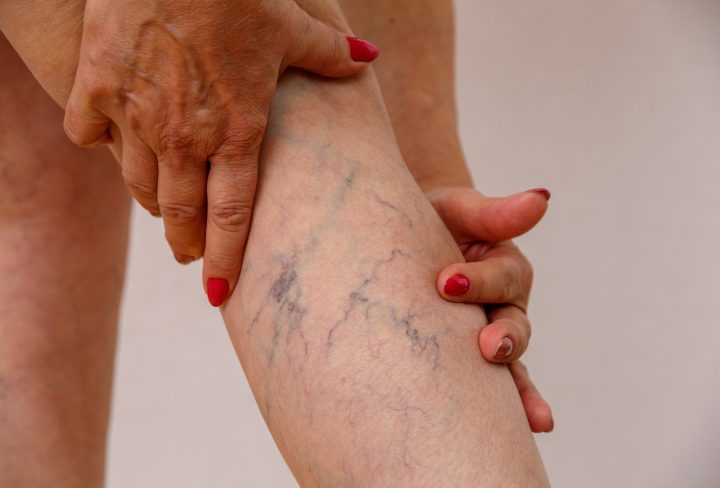Deep Vein Thrombosis (DVT) is a serious medical condition that occurs when a blood clot forms in a deep vein, usually in the legs. If left untreated, it can lead to pulmonary embolism, which is a life-threatening condition. While DVT can happen to anyone, certain factors increase the risk of developing it, including prolonged immobility, surgery, pregnancy, and certain medical conditions. In this blog, we will discuss some tips and strategies for preventing DVT.
- Stay Active
One of the most effective ways to prevent DVT is to stay active. Regular exercise can improve circulation and reduce the risk of blood clots. Even if you have a sedentary job, try to get up and walk around every hour or so. If you are traveling long distances, try to get up and move around every hour or two. If you are unable to walk, try doing some simple exercises like ankle pumps or leg lifts.
- Wear Compression Stockings
Compression stockings are specially designed socks that apply pressure to the legs, promoting blood flow and reducing the risk of blood clots. They are particularly helpful for people who are at a higher risk of DVT, such as those who have recently undergone surgery or have a medical condition that increases their risk.
- Stay Hydrated
Dehydration can increase the risk of DVT, so it’s important to stay hydrated by drinking plenty of water. This will help keep your blood flowing smoothly and reduce the risk of blood clots.
- Quit Smoking
Smoking can damage the walls of your blood vessels and increase the risk of blood clots. If you smoke, it’s important to quit as soon as possible to reduce your risk of DVT and other health problems.
- Maintain a Healthy Weight
Being overweight or obese can increase the risk of DVT, so it’s important to maintain a healthy weight through diet and exercise. Talk to your doctor or a registered dietitian for guidance on developing a healthy eating plan.
- Know Your Risk
Certain medical conditions and lifestyle factors can increase the risk of DVT, so it’s important to be aware of your individual risk factors. If you are at a higher risk, talk to your doctor about ways to reduce your risk and monitor for signs of DVT.
- Consider Medication
In some cases, medication may be prescribed to reduce the risk of blood clots. This is particularly true for people who have had DVT in the past or who are at a very high risk of developing it. In conclusion, preventing DVT requires a combination of lifestyle changes, medical interventions, and awareness of individual risk factors. By staying active, wearing compression stockings, staying hydrated, quitting smoking, maintaining a healthy weight, knowing your risk, and considering medication when appropriate, you can reduce your risk of developing this serious condition. If you have any concerns about DVT or your individual risk factors, talk to your doctor for guidance and support.

